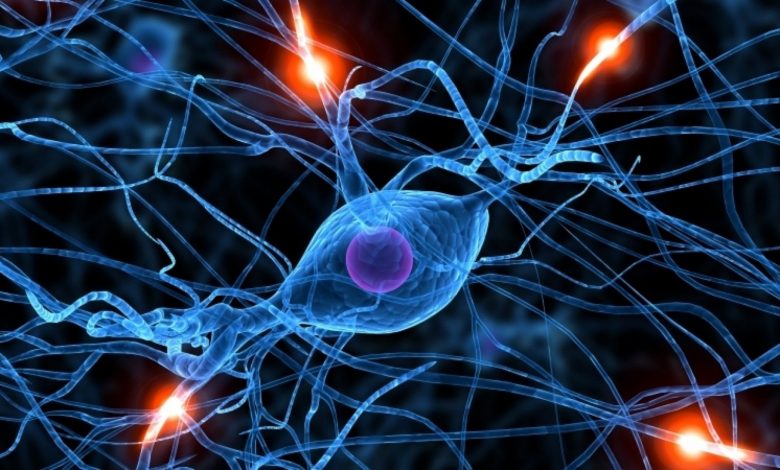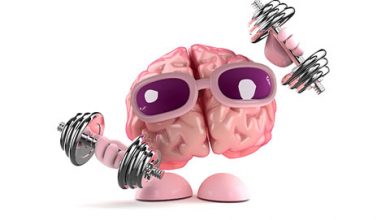
Forget what you’ve been told: You just might be able to grow new brain cells. If findings from new animal studies prove true for humans — and if scientists find a way to speed the process — a person’s own bone marrow could be used to repair crippling brain injuries and diseases.
Astonishing reports from two different U.S. research teams indicate that bone-marrow cells that travel to the brain after release into the bloodstream appear to have the potential to morph into brain cells. The findings come from experiments in mice, and still need to be proven true for humans. But even though practical applications remain years away, the studies break new ground for medical research.
Experts “generally thought the brain didn’t self-renew,” Helen M. Blau, PhD, sais. “Other researchers recently found that cells from the brain can renew themselves. What is tremendously exciting is that we now find that [marrow] cells can do this. That is remarkable — we didn’t believe it at first. We had to triple-check our findings to be sure.” Leader of one of the research teams, Blau holds an endowed professorship at Stanford University. She chairs the department of molecular pharmacology and is director of gene therapy technology there.
“The advantage of this over what we knew before is that bone marrow is very easily accessible — and everybody has their own bone marrow,” Éva Mezey, MD, PhD, sais. “So if we can figure out how these cells are [changed] by the body, we may be able to duplicate this or speed up the process. Then we could use bone marrow to repair or replace [brain cells] that have died.” Lead author of the second study, Mezey is head of a research facility at the National Institute for Neurological Disorders and Stroke at the NIH.
When she started her experiments, Blau didn’t originally plan to look for the new cells in the brain. She took bone marrow from a genetically engineered mouse that had fluorescent cells for easy tracking and injected it into mice whose own marrow had been destroyed by radiation. Graduate student Timothy R. Brazelton was supposed to look for the fluorescent cells in muscle tissue. Instead, he spent six months using a sophisticated microscope capable of seeing the green glowing, transformed marrow cells in the brains of the transplanted mice. The success of his efforts won him lead authorship of the paper, eventually published in the prestigious journal Science.
Mezey’s team took a different approach — they transplanted marrow from adult male mice into baby female mice that lacked bone marrow of their own. When they saw that male cells had become part of the female brains, they knew that the new cells had to have come from the transplanted marrow.
“If we can understand the mechanisms involved, we could perhaps enhance this process — make it more robust and harness it to repair brain damage,” Blau speculates. “And if you can genetically engineer the marrow cells, you could then deliver into the brain not only cells that become brain cells, but also get them to produce substances needed to cure disease. We are quite excited about that idea.”
Both Blau and Mezey warn that it will be several years before the findings could possibly lead to new treatments. “I wouldn’t want to raise any hopes — this is very encouraging but we have a lot of work to do,” Mezey says. “It will be a few years down the road before we could use this as a therapy — but it is my hope that we will.”




